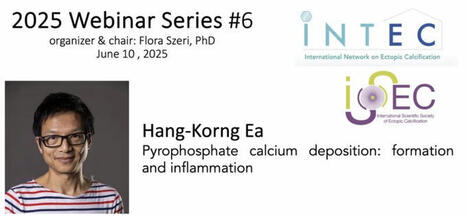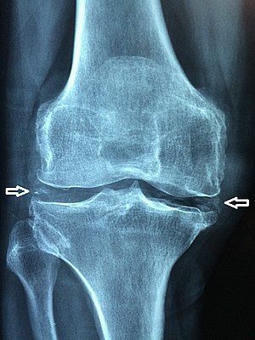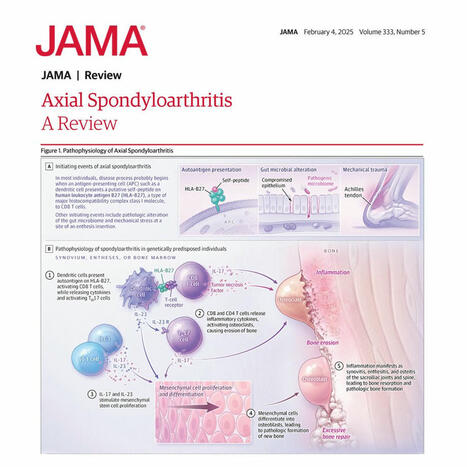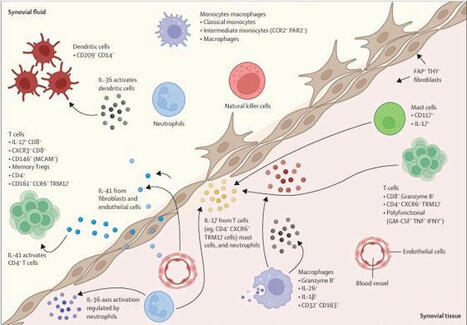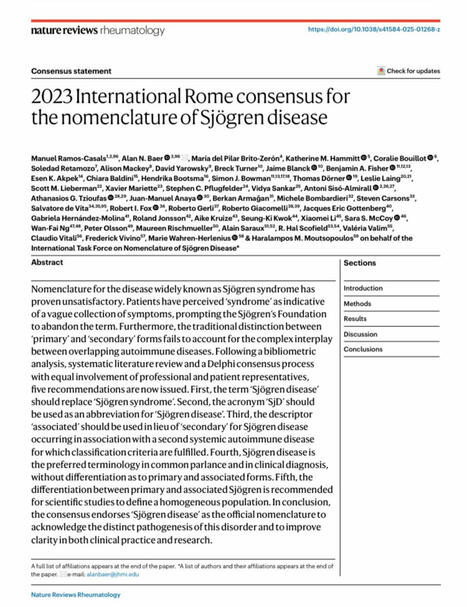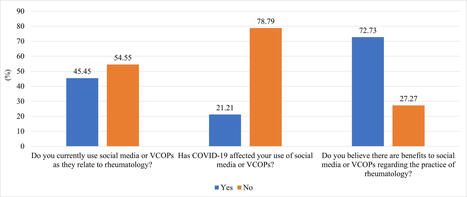NORTH CHICAGO, Ill., Oct. 23, 2018 /PRNewswire/ -- AbbVie (NYSE: ABBV), a research-based global biopharmaceutical company, today announced new patient-reported outcomes data from the ongoing Phase 3 SELECT-MONOTHERAPY trial evaluating upadacitinib (15 mg and 30 mg, once-daily), an investigational JAK1-selective inhibitor, as a monotherapy treatment in patients with moderate to severe rheumatoid arthritis who did not adequately respond to treatment with methotrexate.1 Improvements in physical function, health-related quality of life, pain and morning joint stiffness were reported after 14 weeks of treatment with upadacitinib monotherapy compared to patients continuing methotrexate.1 These results will be presented at the 2018 American College of Rheumatology (ACR)/Association for Rheumatology Health Professionals (ARHP) Annual Meeting in Chicago. AbbVie has previously announced positive top-line results from SELECT-MONOTHERAPY. "Upadacitinib as a monotherapy showed significant improvements in rheumatoid arthritis patients' ability to perform daily activities and overall health-related quality of life," said Marek Honczarenko, M.D., Ph.D., vice president, global immunology development, AbbVie. "These results show that the improvements in clinical symptoms are accompanied by improvement in outcomes important to patients. These results reinforce upadacitinib's therapeutic potential across diverse rheumatoid arthritis patient populations and its use as a monotherapy treatment option." Patient-reported outcome results from SELECT-MONOTHERAPY are as follows: Physical Function1 Improvements in physical function, as measured by the Health Assessment Questionnaire-Disability Index (HAQ-DI), were observed as early as two weeks after initial treatment with upadacitinib across both doses compared to eight weeks for patients receiving methotrexate. At week 14, 65/69 percent of patients receiving 15/30 mg of upadacitinib reported improvements in physical function (HAQ-DI) compared with 45 percent of patients receiving methotrexate (p<0.001). Health-related Quality of Life1 At week 14, 65/73 percent of patients receiving 15/30 mg of upadacitinib reported improvements in health-related quality of life (physical component score of Short Form 36 Health Survey) compared with 48 percent of patients receiving methotrexate (p<0.001). Joint Pain1 Patients reported reductions in pain, as measured by the Patient's Assessment of Pain (based on Visual Analog Scale [VAS]), as early as two weeks after initial treatment with both doses of upadacitinib compared to four weeks for patients receiving methotrexate. At week 14, 64/75 percent of patients receiving 15/30 mg of upadacitinib reported a reduction in pain compared with 46 percent of patients receiving methotrexate (p<0.001). Morning Stiffness1 Patients receiving upadacitinib reported reductions in the severity of morning stiffness as early as two weeks after initial treatment with both doses of upadacitinib compared to four weeks for patients receiving methotrexate. At week 14, 74/83 percent of patients receiving 15/30 mg of upadacitinib reported reductions in the severity of morning joint stiffness compared to 57 percent of patients receiving methotrexate (p<0.001). Additionally, patients treated with both 15/30 mg of upadacitinib had a mean reduction of 95/102 minutes in the duration of morning stiffness compared to 53 minutes with methotrexate (p<0.05) at week 14. "Upadacitinib significantly improved physical function, joint pain and morning stiffness in addition to health-related quality of life as an oral, monotherapy treatment in this trial," said Vibeke Strand, M.D., adjunct clinical professor in the Division of Immunology/Rheumatology at Stanford University and lead investigator in the studies. "These results are especially important because many patients cannot tolerate or do not respond to treatment with methotrexate and additional effective monotherapy options are needed for these patients." Results from a separate, exploratory analysis evaluating the association between patient-reported outcomes and clinical outcomes will be presented at ACR and show that achieving substantial improvements in pain, physical function and fatigue were associated both with individual physician-derived measures and with composite disease outcomes such as ACR20/50/70, clinical remission and low disease activity.10 The analysis demonstrated how the use of patient-reported outcomes in clinical trials provides critical insight into the impact of rheumatoid arthritis on patients.10 The analysis included a diverse patient population with difficult-to-treat disease, refractory to biologics and conventional synthetic DMARDs, such as methotrexate, who were enrolled in the Phase 3 SELECT-NEXT, SELECT-BEYOND (both studies with background csDMARDs) and SELECT-MONOTHERAPY clinical trials.10 Rheumatoid arthritis, which affects an estimated 23.7 million people worldwide, is a chronic and debilitating disease.11 Many patients do not respond to or cannot tolerate methotrexate, a commonly used first-line therapy.12-14 Increasingly, patient-reported outcomes are being included in randomized clinical trials in order to understand how rheumatoid arthritis patients perceive the physical, psychological and social impact of their disease.15 Using patient-reported outcomes data to assess the impact of disease provides valuable insights to healthcare providers.15 Safety results from SELECT-MONOTHERAPY have been previously reported here. About SELECT-MONOTHERAPY4 SELECT-MONOTHERAPY is a Phase 3, multicenter, randomized, double-blind, parallel-group study designed to evaluate the safety and efficacy of upadacitinib monotherapy in adult patients with moderate to severe rheumatoid arthritis and an inadequate response to a stable dose of methotrexate. Patients were randomized to switch from methotrexate to upadacitinib monotherapy (15 mg or 30 mg once-daily) or continue on their prior stable dose of methotrexate in a blinded manner. The primary endpoints of the first phase included the percentage of subjects achieving an ACR20 response and low disease activity (LDA) after 14 weeks of treatment. Secondary endpoints included proportion of patients achieving ACR50, ACR70 and clinical remission at week 14, HAQ-DI, duration of morning (AM) stiffness and health-related quality of life (QoL) by SF-36. The trial is ongoing and the second phase is a blinded long-term extension period to evaluate the long-term safety, tolerability, and efficacy of the two once-daily doses (15 mg and 30 mg) of upadacitinib monotherapy in patients who have completed the first phase. More information on this trial can be found at www.clinicaltrials.gov (NCT02706951).
Via Krishan Maggon






 Your new post is loading...
Your new post is loading...
